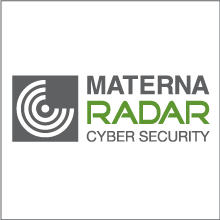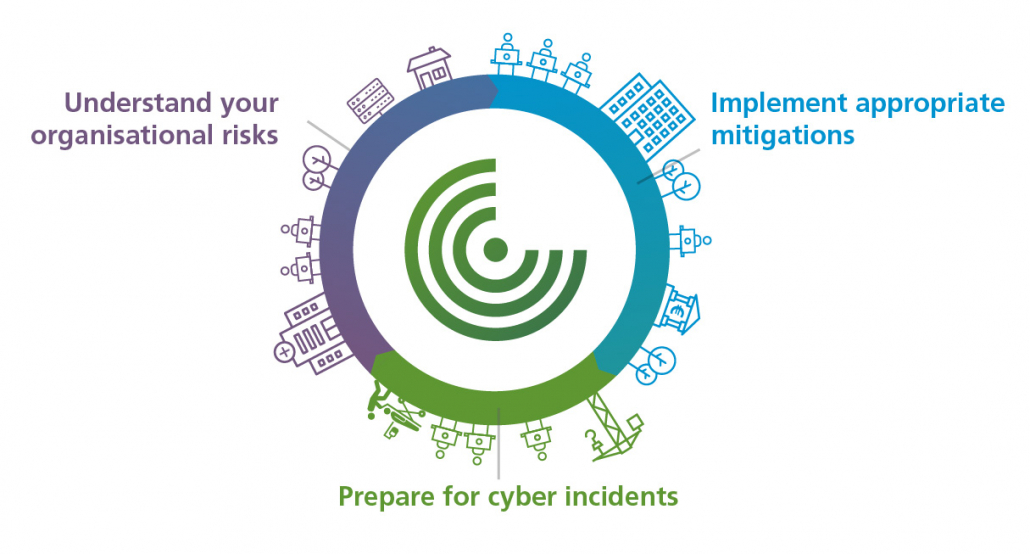Lothar Hänsler, COO of RADAR Cyber Security
“Radar Cyber Security stands for continuous process that is driven by stepwise analysis in a combination of automatism and experts”
An assessment by COO Lothar Hänsler on UK’s “10 Steps to Cyber Security”
RCS Chief Operations Officer Lothar Hänsler comments on the recommendations of UK’s National Cyber Security Centre, which has published an updated 10-step guide for large and medium-sized enterprises and describes how Radar Cyber Security meets those requirements of cyber security.
Top-ranked cyber security considerations
- Risk management
Radar Cyber Security supports a risk-based approach to cyber security. During the onboarding phase, we work with the Radar Services customer organisations through our Cyber Defense Center (CDC) to assess which information assets are considered mission-critical and what asset risks we deal with according to the security incidents and vulnerabilities identified. Risk assessment is a key component of our service. This measure helps security managers making the right decisions. - Training and knowledge share
Continuous collaboration with customers is a key element of Radar Services. Regular jour-fixe meetings with our subject matter experts ensure a continuous exchange of information and knowledge on threat analysis and detection. - Asset management
Parts of Radar Services can be used to determine how the IT infrastructure of the managed organisation is structured and its assets located in it. We maintain an asset database as part of Radar Services in order to reflect on the asset landscape.
4. Architecture and configuration
The Vulnerability Management and Compliance (VMC) Module assists in assessing systems in terms of secure configurations and notifies decision makers whenever improvements are needed.
5. Vulnerability Management
VMC is one of the core modules in our CDC activity for Radar Services and is also included in Radar Solutions. This measure is an important element in reducing cyber attack surfaces.
6. Identity and Access Management (IAM)
By linking events from the IAM system of a customer and integrated into the Log Data Pipeline with the results of our log data analysis (LDA) and correlation, we can provide a holistic view of the security status of our customer organisations.
7. Data security
Security is about data. Essential data needs to be stored in a secure and reliable fashion. Security measures are defined in order for your data to be stored on-premise with all necessary technical and organisational measures.
8. Log monitoring
Logging and monitoring are important functions of our security products. They form the basis of our log data analytics technology, which also acts as a SIEM (Security Information and Event Management).
9. Incident management
Our Cyber Defense Center, located in Vienna, is a central point for the detection and management of security incidents that threaten the ongoing operation of facilities. We work closely with our clients to detect and remediate cyber threats.
10. Supply chain security
To me, being a Chief Operations Officer, supply chain security is not as much a technology issue. I see it rather as a matter of governance, partnership and collaboration. As long as there is some form of IT connection between the organization and its supply chain, our product can process traffic from the supply chain as well as the organization’s own and integrate it with our solutions for log data analysis, network behavior or advanced threat detection.
The bottom line of it: Organisations and industries are well advised in incorporating all steps mentioned above into their security plans and rely on a service product such as Radar Services managed through our CDC, or drawing from CDC technology solutions such as RADAR Solutions for an inhouse Cyber Defense Center (or Security Operations Center). Stay safe and secure!



